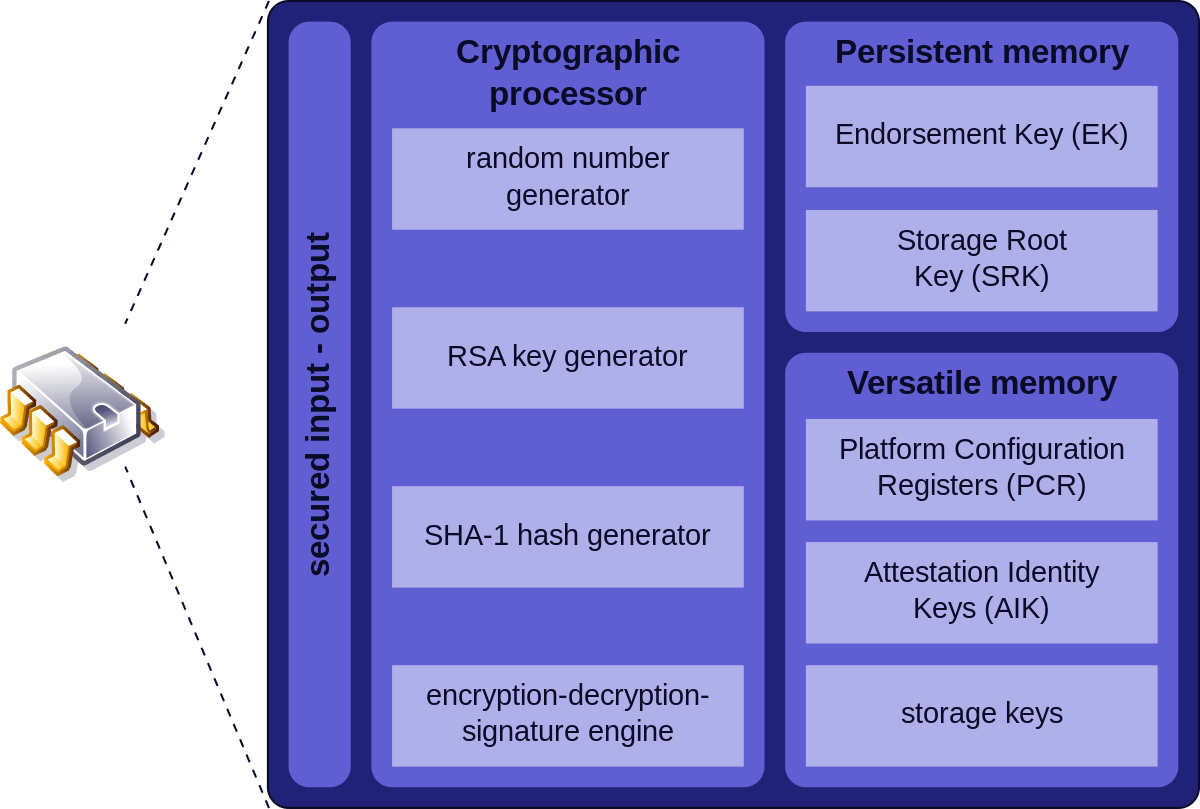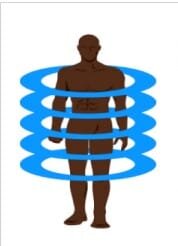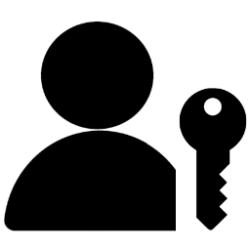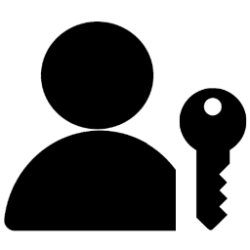- Local time
- 7:08 AM
- Posts
- 1,262
- OS
- WIN 11, WIN 10, WIN 8.1, WIN 7 U, WIN 7 PRO, WIN 7 HOME (32 Bit), LINUX MINT
Some folks are bypassing the Windows requirements for Windows 11 and making it work on unsupported platforms. Although I fully understand why this is a popular venture, I think it should also be considered before engaging in this procedure regardless of how the tweaking is done. I have elected to share this link and post some of the information here, while crediting the source. Perhaps this will help some to better understand TPM2 and perhaps it will help some to make more informed decisions about it.
What Is a TPM?
At its most basic, the TPM is a tiny chip on your computer’s motherboard, sometimes separate from the main CPU and memory. The chip is akin to the keypad you use to disable your home security alarm every time you walk in the door, or the authenticator app you use on your phone to log in to your bank account. In this scenario, turning on your computer is analogous to opening the front door of your home or entering your username and password into the login page. If you don’t key in a code within a short period of time, alarms will sound or you won’t be able to access your money.
Likewise, after you press the power button on a newer PC that uses full-disk encryption and a TPM, the tiny chip will supply a unique code called a cryptographic key. If everything is normal, the drive encryption is unlocked and your computer starts up. If there’s a problem with the key—perhaps a hacker stole your laptop and tried to tamper with the encrypted drive inside—your PC won’t boot up.
Source: What Is a TPM, and Why Do I Need One for Windows 11?
What Is a TPM?
At its most basic, the TPM is a tiny chip on your computer’s motherboard, sometimes separate from the main CPU and memory. The chip is akin to the keypad you use to disable your home security alarm every time you walk in the door, or the authenticator app you use on your phone to log in to your bank account. In this scenario, turning on your computer is analogous to opening the front door of your home or entering your username and password into the login page. If you don’t key in a code within a short period of time, alarms will sound or you won’t be able to access your money.
Likewise, after you press the power button on a newer PC that uses full-disk encryption and a TPM, the tiny chip will supply a unique code called a cryptographic key. If everything is normal, the drive encryption is unlocked and your computer starts up. If there’s a problem with the key—perhaps a hacker stole your laptop and tried to tamper with the encrypted drive inside—your PC won’t boot up.
Source: What Is a TPM, and Why Do I Need One for Windows 11?
My Computer
System One
-
- OS
- WIN 11, WIN 10, WIN 8.1, WIN 7 U, WIN 7 PRO, WIN 7 HOME (32 Bit), LINUX MINT
- Computer type
- PC/Desktop
- Manufacturer/Model
- DIY, ASUS, and DELL
- CPU
- Intel i7 6900K (octocore) / AMD 3800X (8 core)
- Motherboard
- ASUS X99E-WS USB 3.1
- Memory
- 128 GB CORSAIR DOMINATOR PLATINUM (B DIE)
- Graphics Card(s)
- NVIDIA 1070
- Sound Card
- Crystal Sound (onboard)
- Monitor(s) Displays
- single Samsung 30" 4K and 8" aux monitor
- Screen Resolution
- 4K and something equally attrocious
- Hard Drives
- A, B, C, D, E, F, G, H, I, J, K, L, M, N, O, P, Q, R, S, T, U, V, W
Ports X, Y, and Z are reserved for USB access and removable drives.
Drive types consist of the following: Various mechanical hard drives bearing the brand names, Seagate, Toshiba, and Western Digital. Various NVMe drives bearing the brand names Kingston, Intel, Silicon Power, Crucial, Western Digital, and Team Group. Various SATA SSDs bearing various different brand names.
RAID arrays included:
LSI RAID 10 (WD Velociraptors) 1115.72 GB
LSI RAID 10 (WD SSDS) 463.80 GB
INTEL RAID 0 (KINGSTON HYPER X) System 447.14 GB
INTEL RAID 1 TOSHIBA ENTERPRIZE class Data 2794.52 GB
INTEL RAID 1 SEAGATE HYBRID 931.51 GB
- PSU
- SEVERAL. I prefer my Corsair Platinum HX1000i but I also like EVGA power supplies
- Case
- ThermalTake Level 10 GT (among others)
- Cooling
- Noctua is my favorite and I use it in my main. I also own various other coolers. Not a fan of liquid cooling.
- Keyboard
- all kinds.
- Mouse
- all kinds
- Internet Speed
- 360 mbps - 1 gbps (depending)
- Browser
- FIREFOX
- Antivirus
- KASPERSKY (no apologies)
- Other Info
- I own too many laptops: A Dell touch screen with Windows 11 and 6 others (not counting the other four laptops I bought for this household.) Being a PC builder I own many desktop PCs as well. I am a father of five providing PCs, laptops, and tablets for all my family, most of which I have modified, rebuilt, or simply built from scratch. I do not own a cell phone, never have, never will.




















